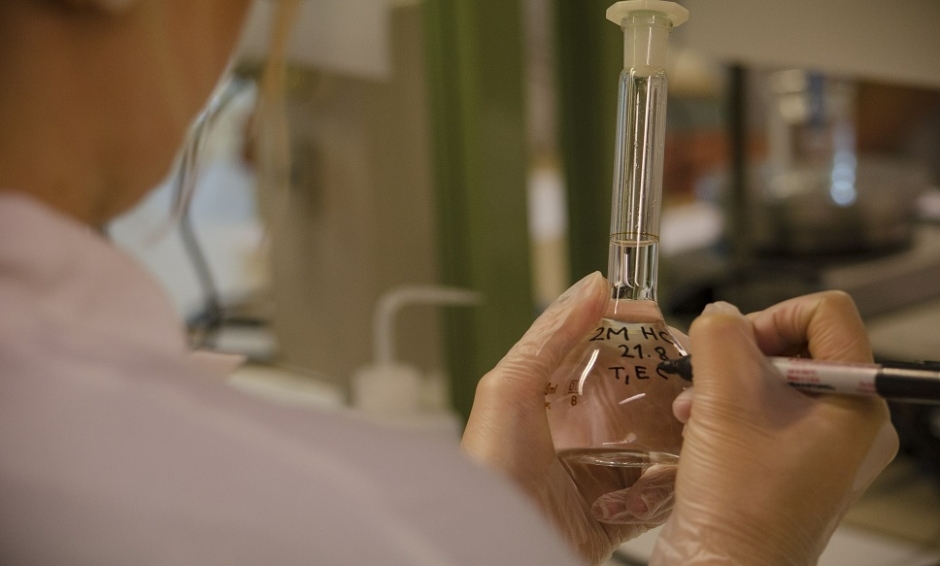LIVER tumour models have been grown in a lab for the first time, making it easier for researchers to better understand the biology of the disease and develop new treatments, according to results of a study by the Wellcome Trust, London and Cancer Research UK Gurdon Institute, Cambridge, UK. In the study, the researchers also discovered a potential treatment for certain types of liver cancer. To fully understand the mechanisms of the tumours in patients, researchers require in vitro models; cell cultures have previously been used for this investigation, but these are difficult to maintain and cannot replicate the three-dimensional structure and tissue architecture of human tumours.
By surgically removing liver tumour cells from eight patients and applying specific nutrients and substances to prevent the healthy cells out-competing the tumour cells, the researchers created mini-tumours, up to 0.5 mm in size, that mimicked the three most prevalent types of primary liver cancers. By creating these models, named tumouroids, the tissue structure and gene expression patterns of the original human tumours were preserved, and the three types of liver tumours remained distinguishable; therefore, the models should play a crucial role in the development of personalised treatment for patients.
The team then used the tumour models to test the efficacy of 29 drugs in development or currently used in treatment. One compound in particular was shown to be a potential novel treatment for some types of liver cancer; the protein inhibitor hindered the activation of the ERK protein, a vital element in the development of liver cancer in two of the three types of tumouroid. In addition, in vivo studies using mice that had undergone tumouroid transplants showed that there was a significant reduction in tumour growth following treatment with this drug.
Dr Andrew Chisholm, Cellular and Developmental Science, Wellcome Trust, commented: “This work shows the power of organoid cultures to model human cancers. It is impressive to see just how well the organoids are able to mimic the biology of different liver tumour types, giving researchers a new way of investigating this disease. These models are vital for the next generation of cancer research, and should allow scientists to minimise the numbers of animals used in research.”
James Coker, Senior Editorial Assistant








